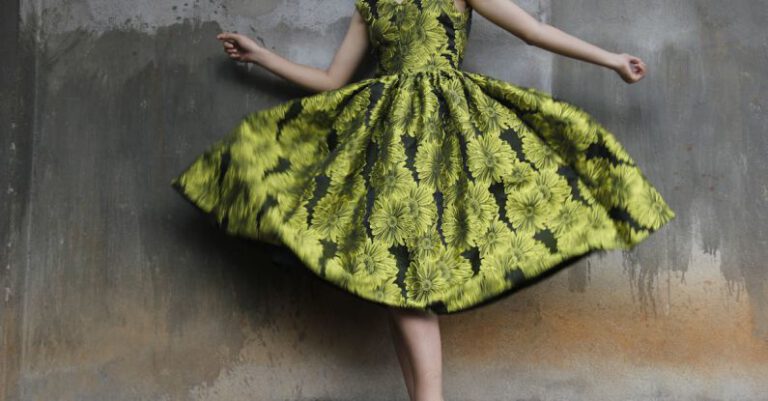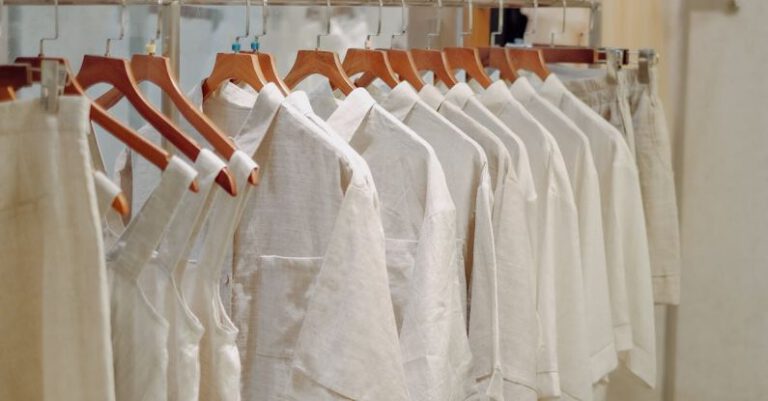Can Sustainable Fashion Be Affordable and Trendy?
As the fashion industry continues to shift towards more sustainable practices, a burning question arises: Can sustainable fashion be affordable and trendy? This dilemma has long been a concern for consumers who are looking to make more environmentally conscious choices without breaking the bank or sacrificing style. In recent years, there has been a notable increase in brands offering sustainable options at competitive prices, but the challenge remains in making these choices appealing and accessible to the masses.
**The Rise of Sustainable Fashion**
In recent years, the fashion industry has faced increasing scrutiny for its environmental impact, leading to a rise in sustainable fashion practices. From reducing water usage and chemical pollution to promoting fair labor practices and using eco-friendly materials, brands are making strides towards a more sustainable future. This shift is not only driven by consumer demand but also by a growing awareness of the detrimental effects of fast fashion on the planet.
**Affordability vs. Sustainability**
One of the main barriers to widespread adoption of sustainable fashion has been the perception that eco-friendly clothing comes with a hefty price tag. While it is true that producing garments in an ethical and sustainable manner can be more costly, there are ways for brands to make their products more affordable without compromising on quality or sustainability. By streamlining production processes, sourcing materials responsibly, and cutting out middlemen, brands can offer sustainable options at competitive prices.
**Trendy and Timeless Designs**
Another common misconception about sustainable fashion is that it lacks style and trendiness. However, many brands are proving that eco-friendly clothing can be just as fashionable as traditional fast fashion pieces. By collaborating with designers, influencers, and artists, sustainable brands are creating collections that are not only stylish but also reflect current trends and tastes. From minimalist basics to bold statement pieces, there is a wide range of trendy options available for eco-conscious consumers.
**Transparency and Accountability**
In addition to affordability and trendiness, transparency and accountability are key factors in making sustainable fashion more accessible to the masses. Consumers are becoming increasingly conscious of the impact of their purchasing decisions and are demanding greater transparency from brands regarding their sourcing and production practices. By being open and honest about their processes, brands can build trust with consumers and demonstrate their commitment to sustainability.
**The Role of Consumers**
Ultimately, the success of sustainable fashion lies in the hands of consumers. By choosing to support brands that prioritize sustainability, consumers can drive demand for eco-friendly options and encourage more brands to adopt responsible practices. Additionally, consumers can also make a difference by extending the lifespan of their clothing through regular care and maintenance, as well as by donating or recycling unwanted items.
**Innovations in Sustainable Fashion**
As technology advances, so do the opportunities for innovation in sustainable fashion. From using recycled materials to developing biodegradable fabrics, there are countless ways that brands can reduce their environmental footprint and create more sustainable products. By investing in research and development, brands can stay ahead of the curve and continue to push the boundaries of what is possible in sustainable fashion.
**Embracing the Future of Fashion**
In conclusion, the question of whether sustainable fashion can be affordable and trendy is no longer a matter of if, but how. With the rise of eco-conscious consumers and the increasing availability of sustainable options, the future of fashion is looking greener than ever. By prioritizing affordability, trendiness, transparency, and innovation, brands can make sustainable fashion more accessible and appealing to a wider audience. As consumers continue to demand more ethical and sustainable choices, the fashion industry must rise to the challenge and embrace a more sustainable future for all.






